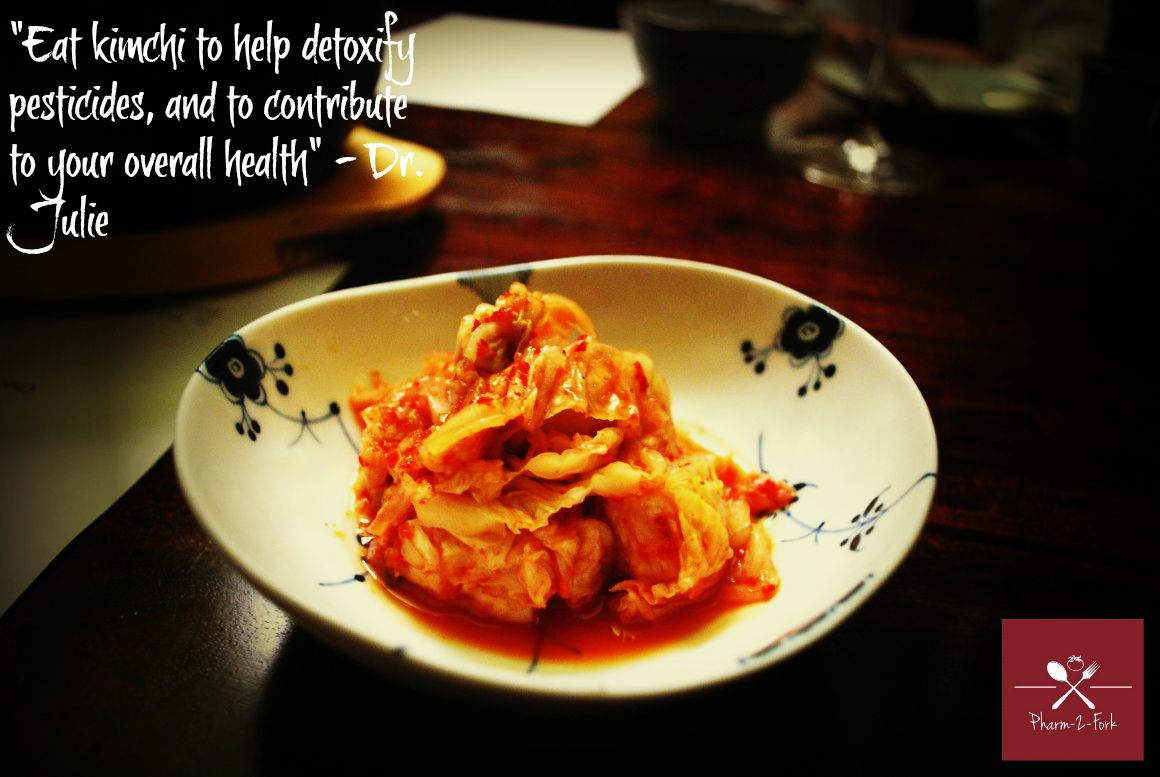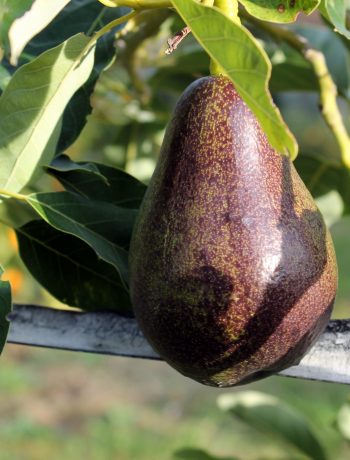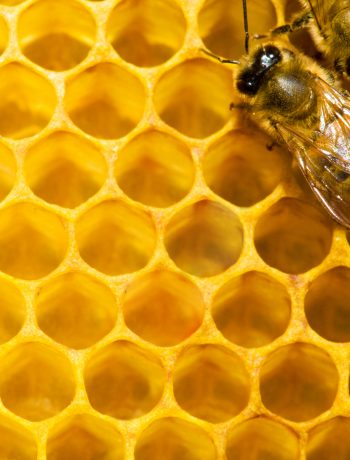
Kimchee has been found to detoxify a certain toxic chemical. A Dow pesticide known as “chlorpyrifos”, requires certain personal protection for the workers that use this chemical spray in agriculture.
Workers must wear several layers of clothes, chemical resistant gloves, shoes and socks, and headgear to avoid face and head exposure. These hefty precautions are taken because of the health risks of this insecticide. Yet, it is used extensively in industrial farming and ends up in our most commonly eaten foods. Banned from tomato crops, but not from corn, chlorpyrifos is heavily used in agriculture on foods like corn, soybeans, fruit and nut trees, brussel sprouts, broccoli, and cauliflower.
The toxic effect of this pesticide on the humans causes derangements in the nervous system and has been linked to lung and prostate cancer [1] But wait! There's good news, researchers added chlorpyrifos (CD) to fermenting kimchee, and found that by day 9, all of the toxic pesticide had been degraded during the fermentation process.
Apparently, certain kinds of bacteria known as lactic acid bacteria were responsible for this degradation process. [2] This fermented food is commonly eaten in traditional Korean cuisine, and this fermented cabbage has the capability of reducing toxin burden within our bodies, reducing the amount of pesticide we are exposed to. Overall, we may want to consider adding more of this fermented food to our regular diet, to help detoxify pesticides, and to contribute to our overall health.
It is considered a staple food for the traditional Korean diet, and also known as a 'long life food'. It's now easy to find at any market, or you can make a recipe of your own. Overall, fermented foods like kimchee have the potential to add more healthy bacteria to our gut, and an improved gut microflora means a stronger and healthier gut microbiome, which means a greater defense against disease.
 [1] http://aje.oxfordjournals.org/content/157/9/800.full.pdf [2] J Agric Food Chem. 2009 Mar 11;57(5):1882-9. doi: 10.1021/jf803649z
[1] http://aje.oxfordjournals.org/content/157/9/800.full.pdf [2] J Agric Food Chem. 2009 Mar 11;57(5):1882-9. doi: 10.1021/jf803649z






No Comments